HiChIP Support Page
Product FAQs
-
What is the required sample input amount for the Dovetail Micro-C assay?
The standard input for Micro-C assay is one million cells.
What type of samples are supported by the Dovetail Micro-C kit?
Currently Micro-C is validated for mammalian cells, mammalian tissues, mammalian cryopreserved PBMC, and fresh mammalian whole blood. We also have customer developed protocols for drosophila imaginal discs and rice. If you are interested in another sample type, please contact our Technical Support team.
-
How many reactions are in a kit?
You will get 8 reactions with each Micro-C kit.
How long does it take to complete the workflow?
It only takes 1.5 days to go from sample to sequencing-ready library!
What are the recommendations for sonication?
The Micro-C workflow does not require sonication. The fragmentation is enzymatic and is carried out at Stage 1 of the protocol.
What ancillary equipment is needed to prepare Dovetail Proximity-Ligation libraries?
Magnetic separation rack for 0.2 mL and 1.5 mL tubes, centrifuge, swinging bucket rotor, vortex mixer, thermal cycler, agitating thermal mixer, Qubit fluorometer, and TapeStation (Fragment Analyzer or Bioanalyzer can also be used).
-
What QC steps are required to ensure a high-quality and high-complexity Micro-C library?
The Micro-C workflow has built-in quality control steps, including an early QC step used to assess the digestion reaction. As a final QC step, we recommend to shallow sequence the library to run a QC analysis prior to deep sequencing. Our kit users have access to an easy-to-use QC analysis workflow.
-
How do I approach my experimental design to enable my downstream analysis?
Since your experimental design will determine the types of downstream analyses available to you, it is critical to consider both in unison prior to generating any data. You can find a detailed discussion of the Micro-C experimental design here.
What read length should I sequence a Micro-C library?
Micro-C libraries are Illumina compatible. We recommend sequencing 2 x 75 bp, 2 x 100 bp, or 2 x 150 bp.
Does Dovetail offer computational support?
Dovetail has compiled a comprehensive best practices step-by-step workflow with full documentation that covers:
Alignment, Pairs generation, and filtering for high-quality proximity-ligation reads.
Contact matrix generation for both .hic and .cool files.
Commonly used applications.
What file format do I need to begin my analysis?
Dovetail tools for QC and Contact Matrix generation require the Micro-C raw sequence data (*.fq.gz) and a reference genome assembly (*.fa).
How do I call valid reads without a restriction site?
Due to the use of restriction enzymes and sonication, traditional Hi-C valid reads require the insert size (or physical coverage) of a read-pair to be greater than the library fragment and to be adjacent to a restriction site. Micro-C libraries do not use restriction enzymes or require sonication (a key source of noise in Hi-C libraries). Therefore, a valid Micro-C read only requires that the insert size (or physical coverage) of a read-pair be greater than the library fragment. Check out this white paper to learn more.
What is the required sequencing depth for a Micro-C library?
For QC, we recommend 1– 2 million read pairs.
For deep sequencing, we recommend to sequence one Micro-C library up to ~300 M read pairs.
Topology Analysis – A/B compartments (3X coverage; 1 library), TADs (30X; 1-2 libraries), Loops (80X coverage; 2-3 libraries)
-
How is the Dovetail Micro-C assay different from Hi-C?
Micro-C uses micrococcal nuclease (MNase) to digest chromatin instead of the restriction enzymes other Hi-C methods use. This approach provides superior signal–to–noise, enabling nucleosome resolution/nucleosome phasing and a more granular view of chromatin folding that includes enhancer-promoter/promoter-promoter interactions and loop extrusion features.
Does Micro-C data cover nucleosome-free regions?
While coverage is reduced in nucleosome-free regions, it rarely drops to zero because the digestion profile contains di–and tri-nucleosomes as well as mono–nucleosomes. This ensures that some fragments contain linker-DNA and thereby provides some coverage at nucleosome-free regions.
How to Videos













